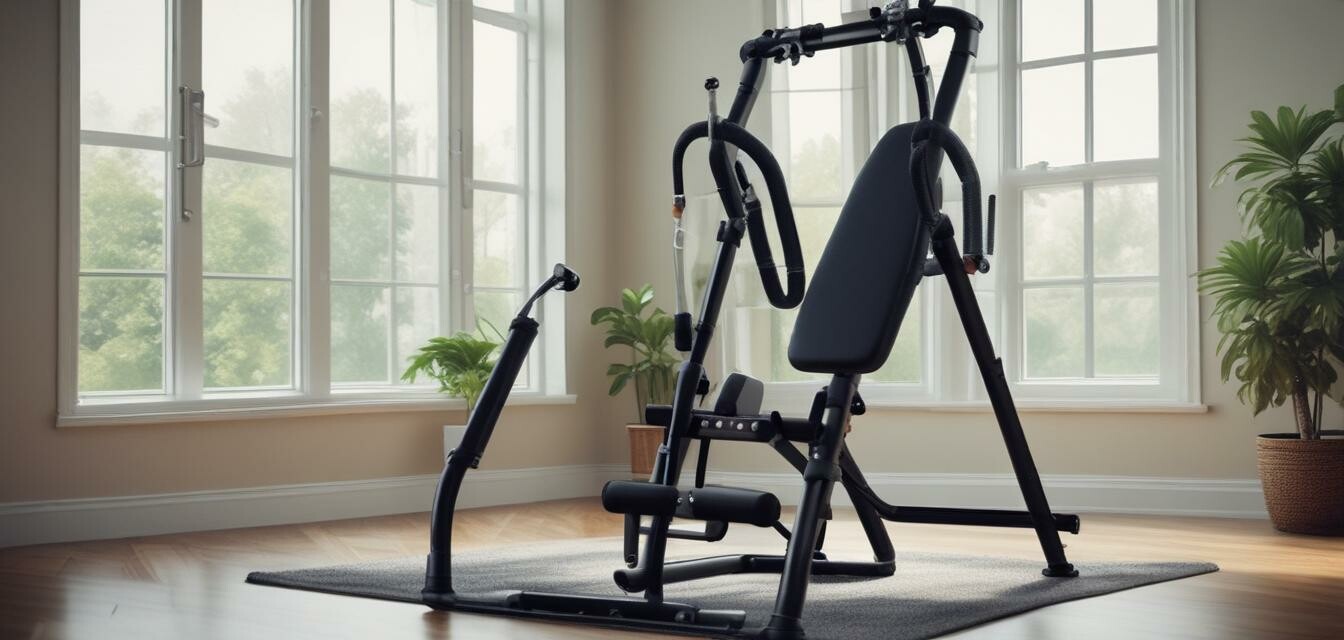
Best Practices for Safe Inversion Table Use
Key Takeaways
- Always set the inversion angle according to your comfort level.
- Wear appropriate footwear to maintain grip and stability.
- Consult a professional before starting any new exercise routine.
- Inversion sessions should be limited to 5-10 minutes for beginners.
- Regularly inspect your inversion table for any wear and tear.
Inversion tables can be a powerful tool in your fitness regimen, offering users various benefits like improved flexibility and stress relief. However, like any fitness equipment, they come with their own set of risks. It’s vital to practice safety first and follow specific guidelines to maximize your experience while minimizing the risk of injury. In this article, we will discuss essential practices for using inversion tables safely.
Understanding Inversion Therapy
Inversion therapy involves hanging upside down or at an inverted angle, which can help relieve pressure on the spine and improve overall body function. However, if not practiced safely, it could lead to accidents and injuries. Knowing the fundamentals of inversion therapy will prepare you for a safer experience.
What is an inversion table?
An inversion table is a piece of exercise equipment designed to allow the user to hang inverting their body and weight, typically for therapeutic reasons such as alleviating back pain or improving circulation. The table can usually be adjusted to various angles, offering slight to complete inversion.
Benefits of Using an Inversion Table
- Can enhance flexibility
- May reduce muscle tension
- Improves spinal alignment
- Can enhance circulation
Essential Safety Practices
To make the most of your inversion table while keeping safety in mind, always adhere to the following best practices:
| Safety Practice | Description |
|---|---|
| Correct Setup | Ensure the inversion table is assembled correctly and placed on a flat surface. |
| Understand Your Limits | Start with lower angles (15-30 degrees) and gradually increase as you get accustomed. |
| Wear Suitable Footwear | Choose shoes with a good grip to prevent slipping during inversion. |
| Release Mechanism | Familiarize yourself with the release mechanism to return to an upright position easily. |
| Use with a Buddy | It's safer to use an inversion table with someone nearby who can assist if needed. |
Recommended Duration for Inversion
Beginners should limit their inversion sessions to avoid discomfort and disorientation. Here are recommendations based on experience levels:
| Experience Level | Inversion Duration |
|---|---|
| Beginner | 5-10 minutes |
| Intermediate | 10-15 minutes |
| Advanced | 15-20 minutes |
Technique for Using an Inversion Table
To ensure you are using the inversion table correctly, follow these steps:
- Adjust the table height and angle according to your height and comfort.
- Secure your feet properly with the foot straps or grips.
- Once seated, lean back and engage the inversion mechanism slowly.
- Maintain a relaxed posture, letting your body naturally hang down.
- Reverse the process to come back to an upright position after your session.
Signs You Should Stop Inverting
It’s crucial to listen to your body while using an inversion table. Here are signs you may need to stop your session:
- Dizziness or lightheadedness
- Persistent back pain
- Nausea
- Increased heart rate
- Difficulty breathing
General Maintenance Tips for Your Inversion Table
Keep your inversion table in good condition by following these maintenance tips:
- Regularly check for wear and tear.
- Clean the surface to avoid dust accumulation.
- Inspect the mechanism and straps before use.
- Store it in a dry and secure place when not in use.
Consult a Professional
Before starting any new exercise regime or utilizing inversion therapy, consider consulting a fitness professional or healthcare provider. They can provide tailored advice based on your individual conditions and needs.
Tips for beginners
- Start slowly and gradually increase your angles.
- Use a mirror to monitor your form while inverting.
- Take breaks and allow your body to adjust.
Pros
- Improves flexibility and range of motion.
- Offers a variety of therapeutic benefits.
- Can assist in relaxation and stress relief.
- Various models available to suit different users and budgets.
Cons
- Potentially uncomfortable for new users.
- Requires some space for setup.
- Not recommended for everyone, especially those with specific health issues.
Final Thoughts
Inversion therapy can be a beneficial addition to your fitness routine, but safety should always come first. By adhering to the essential practices and guidelines discussed, you can enhance your experience, maximize results, and mitigate the risk of injury. For more insights on fitness tips and improving your workout, make sure to explore our additional resources on fitness tips and inversion tables.